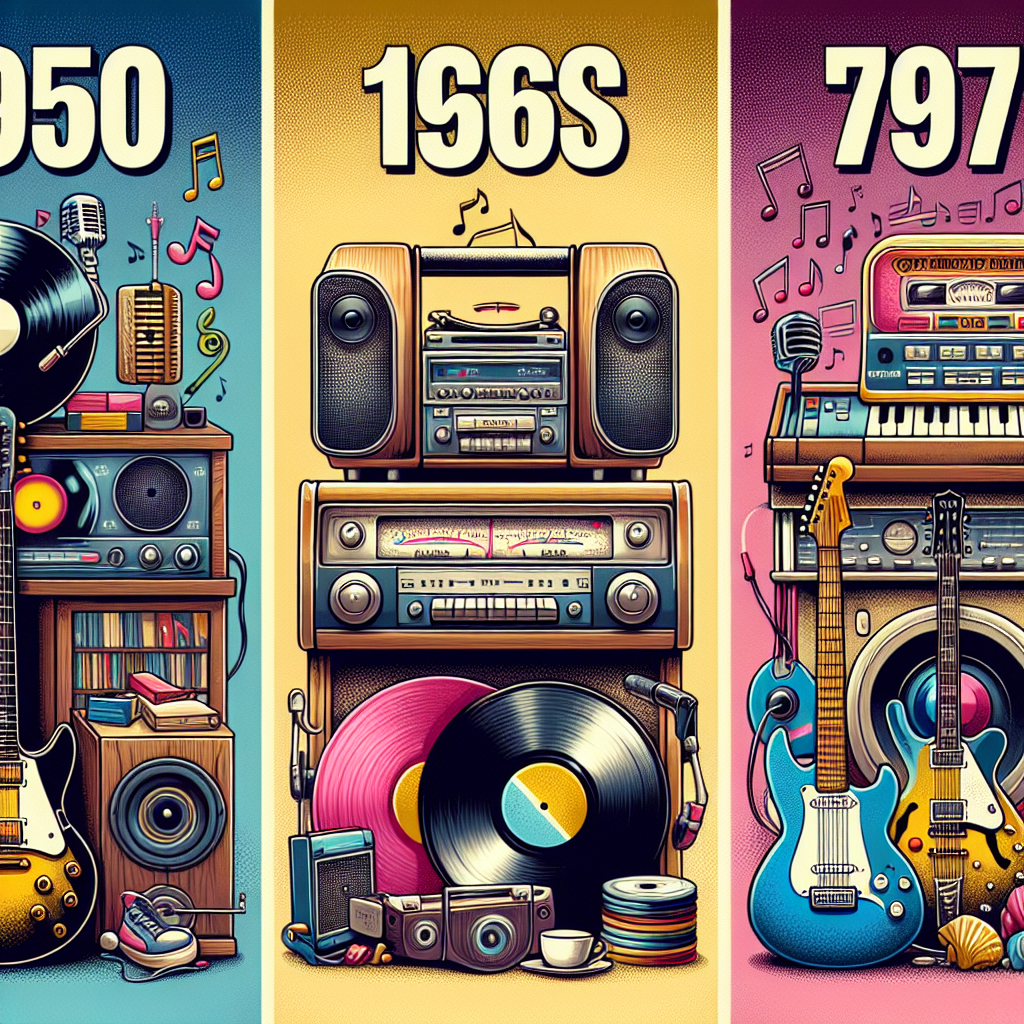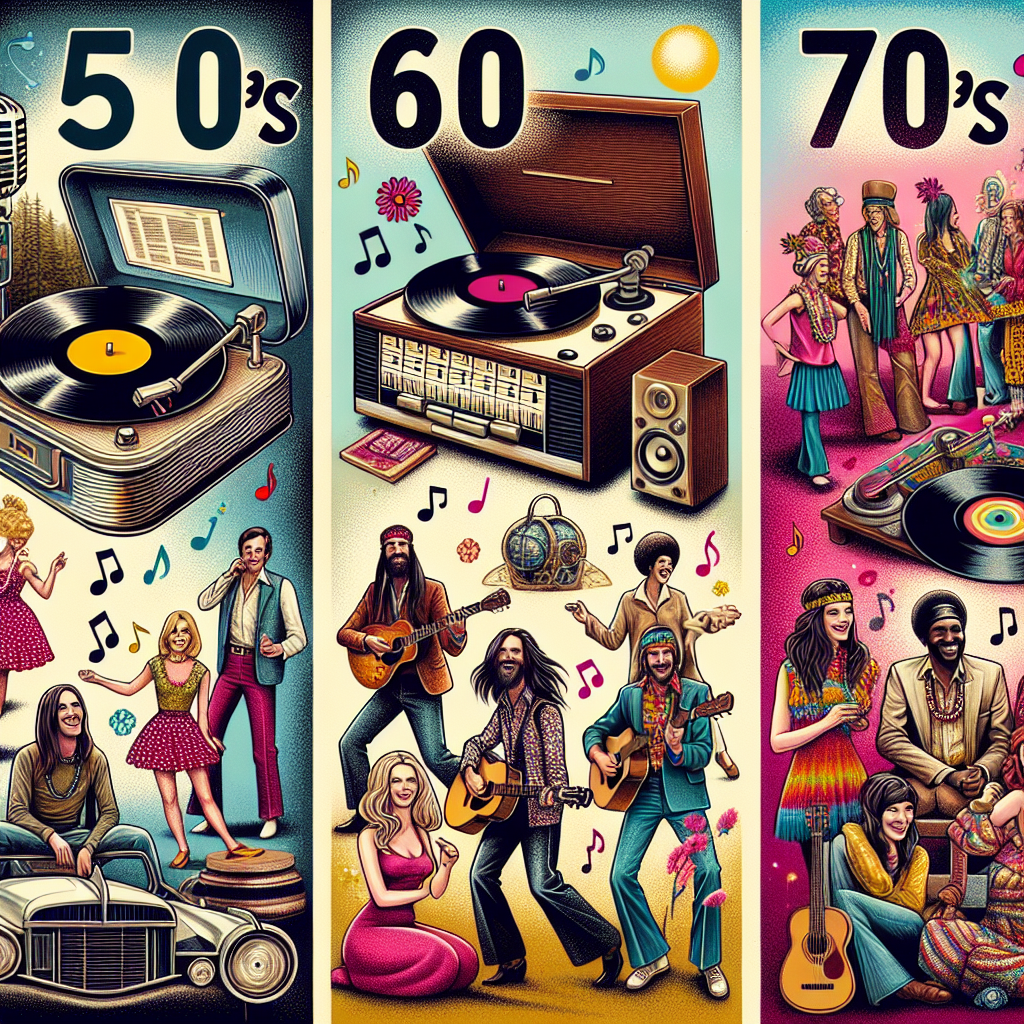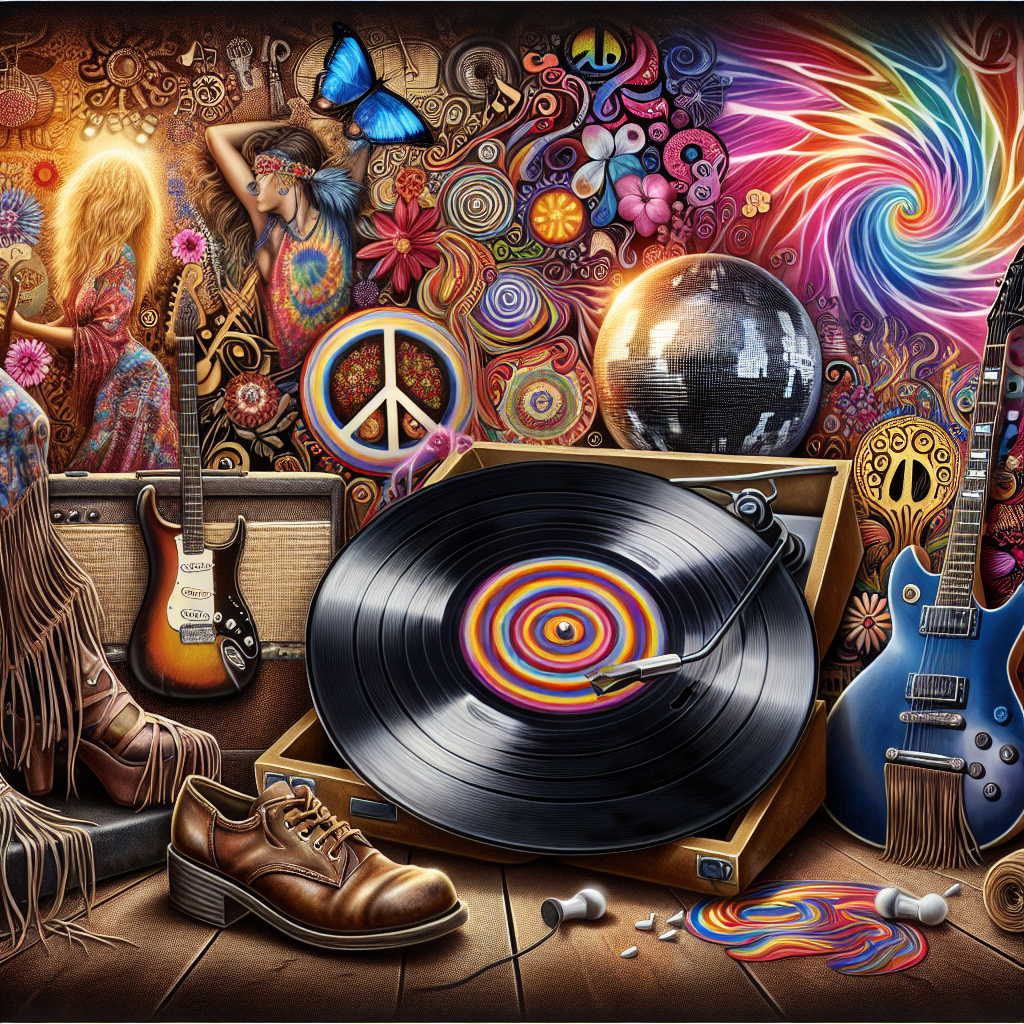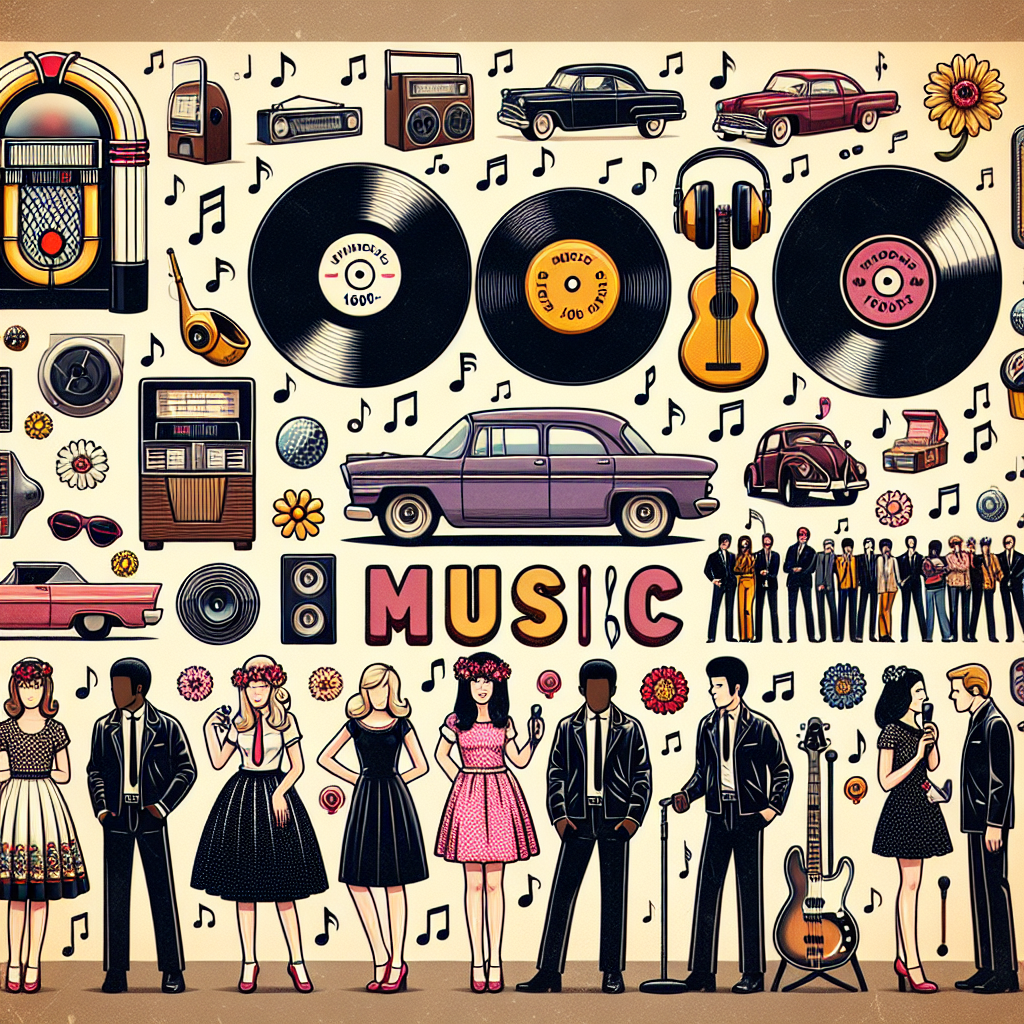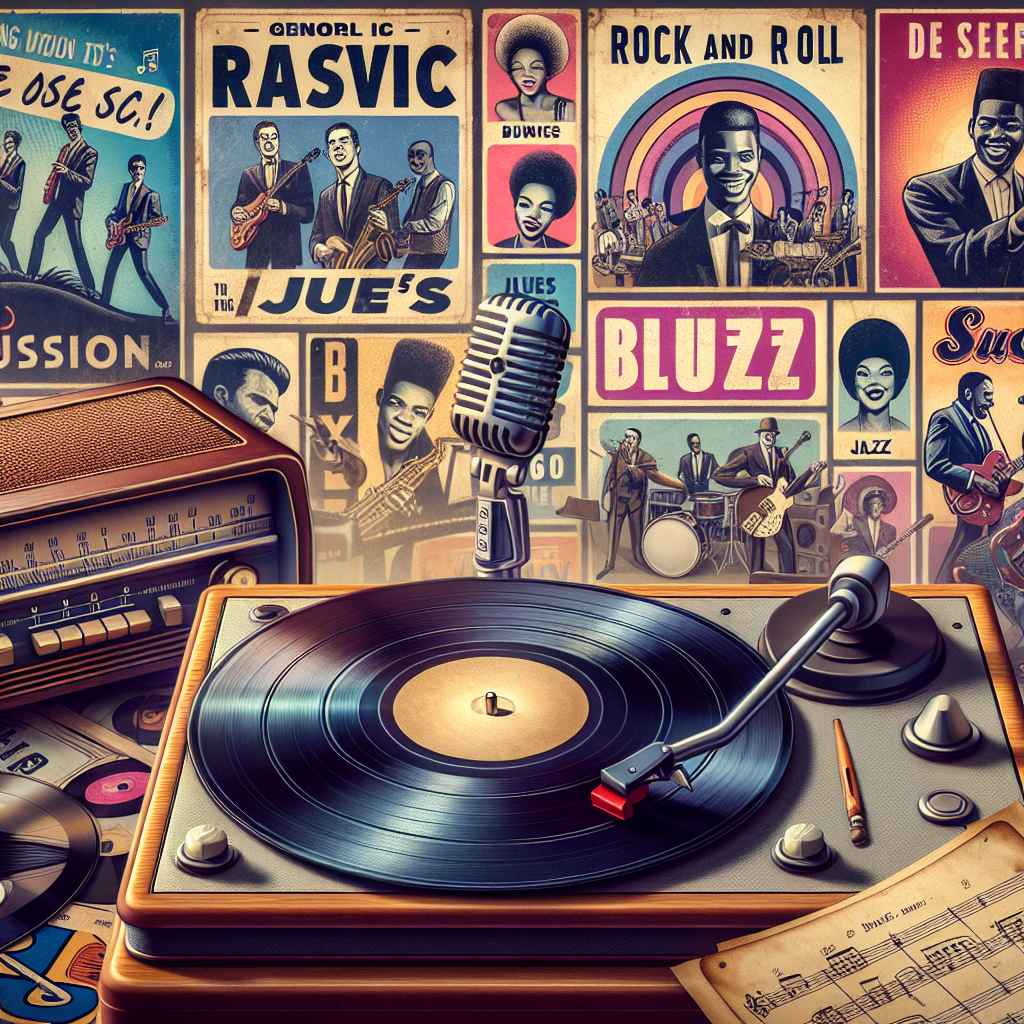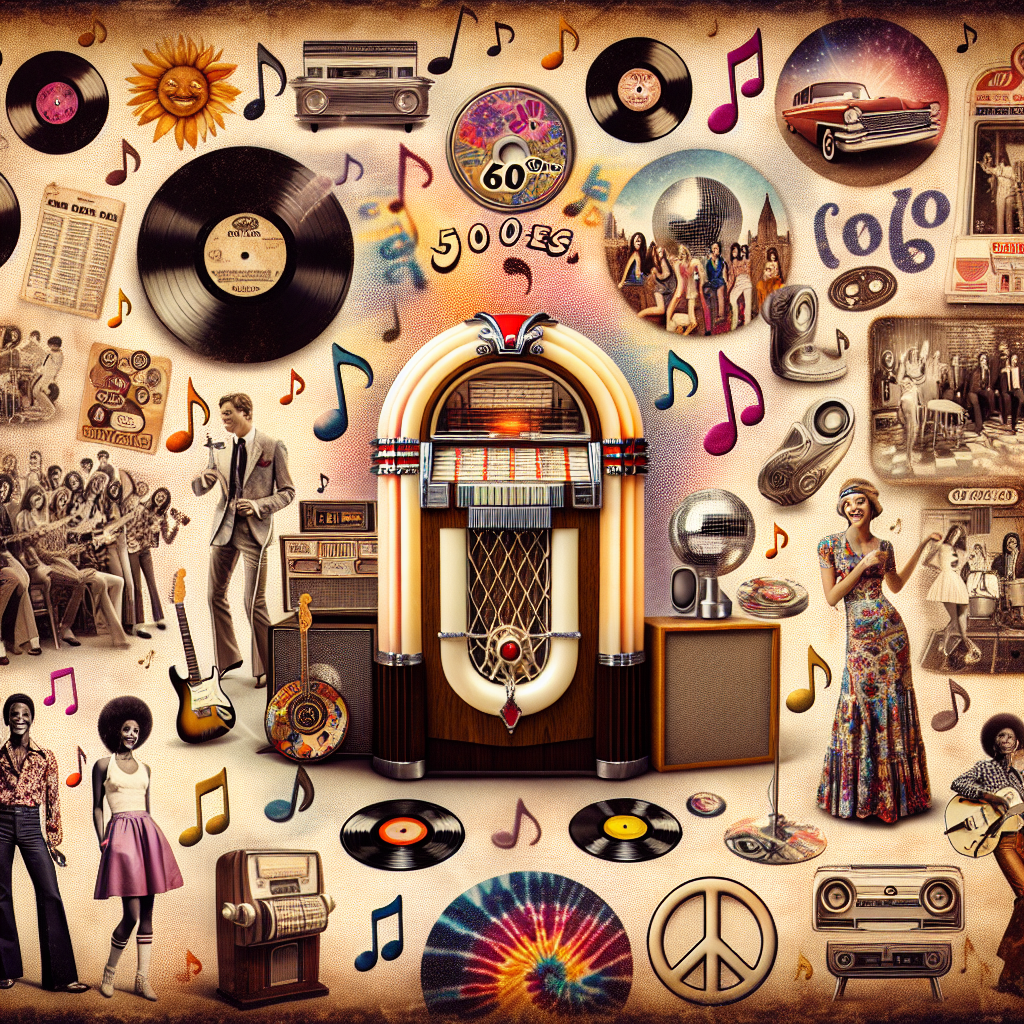Woodstock and other music festivals of the 1960s and 1970s left a lasting legacy on our culture, influencing not only the music industry but also fashion, technology, and even politics. These iconic events brought people together in a way that had never been seen before, creating a sense of unity and peace that transcended social boundaries.
One of the most significant impacts of these festivals was their influence on music. The lineup at Woodstock included some of the biggest names in rock and folk music at the time, such as Jimi Hendrix, Janis Joplin, and The Who. These artists used their platform to spread messages of love, peace, and social change, inspiring a whole generation to question authority and stand up for what they believed in.
But it wasn’t just the music that made these festivals so special – it was the culture that surrounded them. People from all walks of life came together to celebrate their shared love of music, creating a sense of community that extended far beyond the festival grounds. This spirit of unity and cooperation was reflected in everything from the makeshift campsites to the impromptu jam sessions that popped up throughout the event.
Politicians also took notice of this cultural shift, with many realizing that they could no longer ignore the voices of young people who were demanding change. The civil rights movement, women’s liberation movement, and anti-war protests all gained momentum during this time, thanks in part to the energy and passion generated by events like Woodstock.
Even fashion was influenced by these festivals, with hippie style becoming increasingly popular as young people embraced a more relaxed and bohemian look. Tie-dye shirts, bell-bottom jeans, and fringe vests all became staples of 60s fashion, reflecting a desire for freedom and self-expression.
And let’s not forget about technology – Woodstock was one of the first festivals to be broadcast live on television, reaching an audience of millions who couldn’t attend in person. This marked a turning point in how we consume live music events, paving the way for future festivals to be streamed online or broadcast on TV.
Overall, the legacy of Woodstock and other music festivals from the 60s and 70s is one of positivity and hope. These events showed us what can be achieved when people come together with a shared purpose – whether it’s to enjoy great music or fight for social justice. They remind us that we are capable of creating change if we work together towards a common goal.


